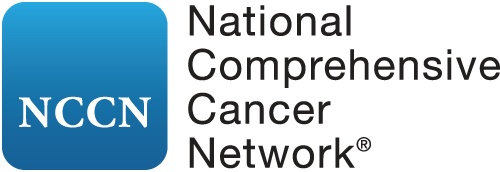Economic Analysis of Front-Line Maintenance Regimens for Ovarian Cancer
Posted: Monday, January 4, 2021
Maintenance therapies involving the PARP inhibitors olaparib and niraparib as well as the monoclonal antibody bevacizumab following first-line treatment of newly diagnosed ovarian cancer have demonstrated efficacy in several large randomized clinical trials. However, economic evaluation is essential to determine whether the treatment benefit can justify the cost. Christine S. Walsh, MD, MS, of Cedars-Sinai Medical Center, Los Angeles, California, and colleagues analyzed these promising maintenance options for women with advanced ovarian cancer. They determined that the front-line maintenance regimens for ovarian cancer may not be cost-effective using a willingness-to-pay threshold of $100,000 progression-free life-year saved (PF-LYS). Their results were published in JAMA Network Open.
Researchers placed hypothetical patients with newly diagnosed, advanced ovarian cancer into one of three models. The treatment protocols were based on the study designs of the SOLO-1, PRIMA, and PAOLA-1 trials. Base case 1 included patients with a BRCA variant followed through five possible maintenance strategies: olaparib, olaparib/bevacizumab, bevacizumab, niraparib, and no maintenance therapy. Patients included in base case 2 had homologous recombination deficiency without a BRCA variant and were monitored through four possible maintenance options: olaparib/bevacizumab, bevacizumab, niraparib, and no maintenance therapy. Patients in base case 3 had homologous recombination proficiency and were followed through olaparib/bevacizumab, bevacizumab, niraparib, and no maintenance therapy.
Costs were considered from a U.S. health-care perspective and included drug acquisition, administration, monitoring, and adverse effects. Incremental cost-effectiveness ratios were calculated in U.S. dollars per PF-LYS. Specifically, the 24-month estimated cost of the olaparib regimen was $418,848; olaparib/bevacizumab, $133,591; bevacizumab, $133,591, and niraparib, $492,226.
Regardless of molecular signature, researchers determined that none of the current front-line maintenance regimens were cost-effective for women with advanced ovarian cancer using a willingness-to-pay threshold of $100,000 PF-LYS. Without maintenance treatment, the estimated 24-month cost was $3,051. Although some of the therapies might become cost-effective if prices were significantly reduced, not all would be cost-effective even if the treatment was free.
Disclosure: For full disclosures of the study authors, visit jamanetwork.com.



